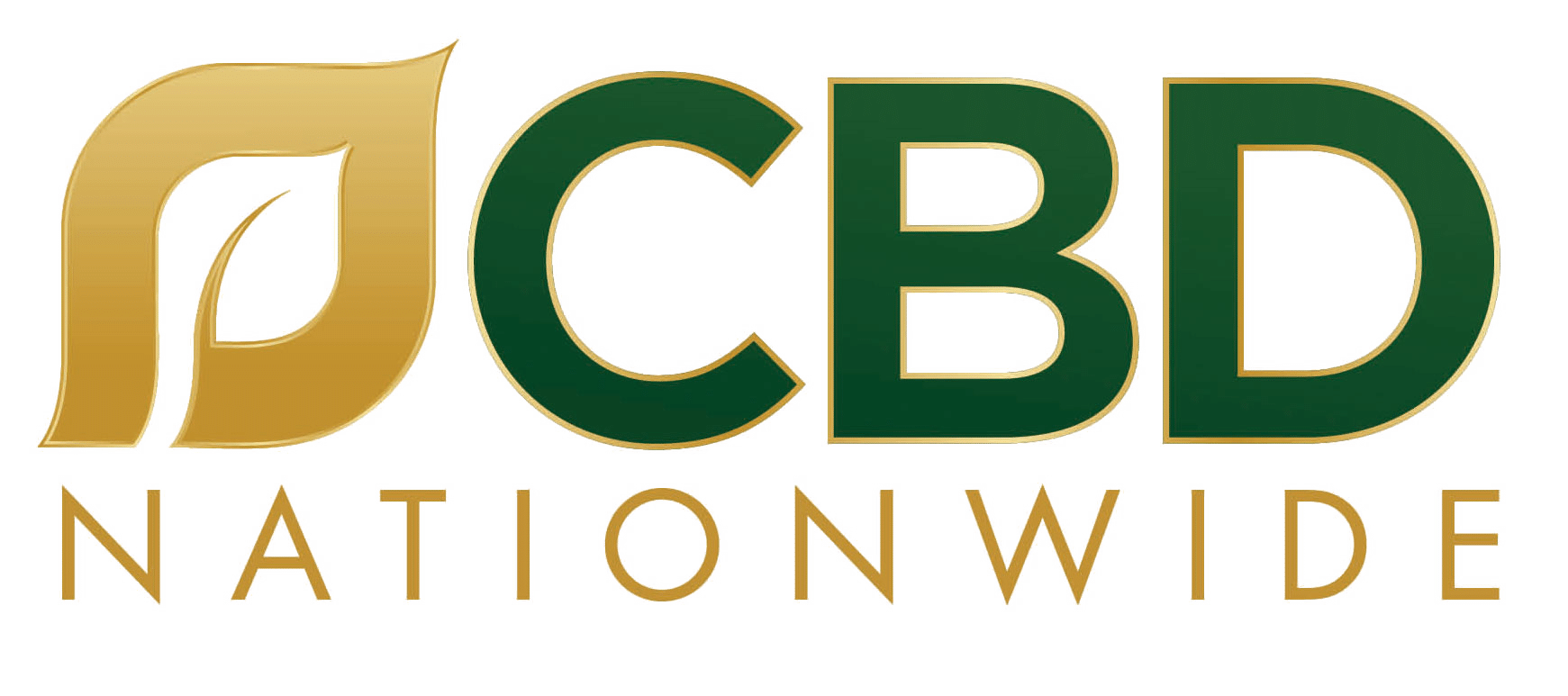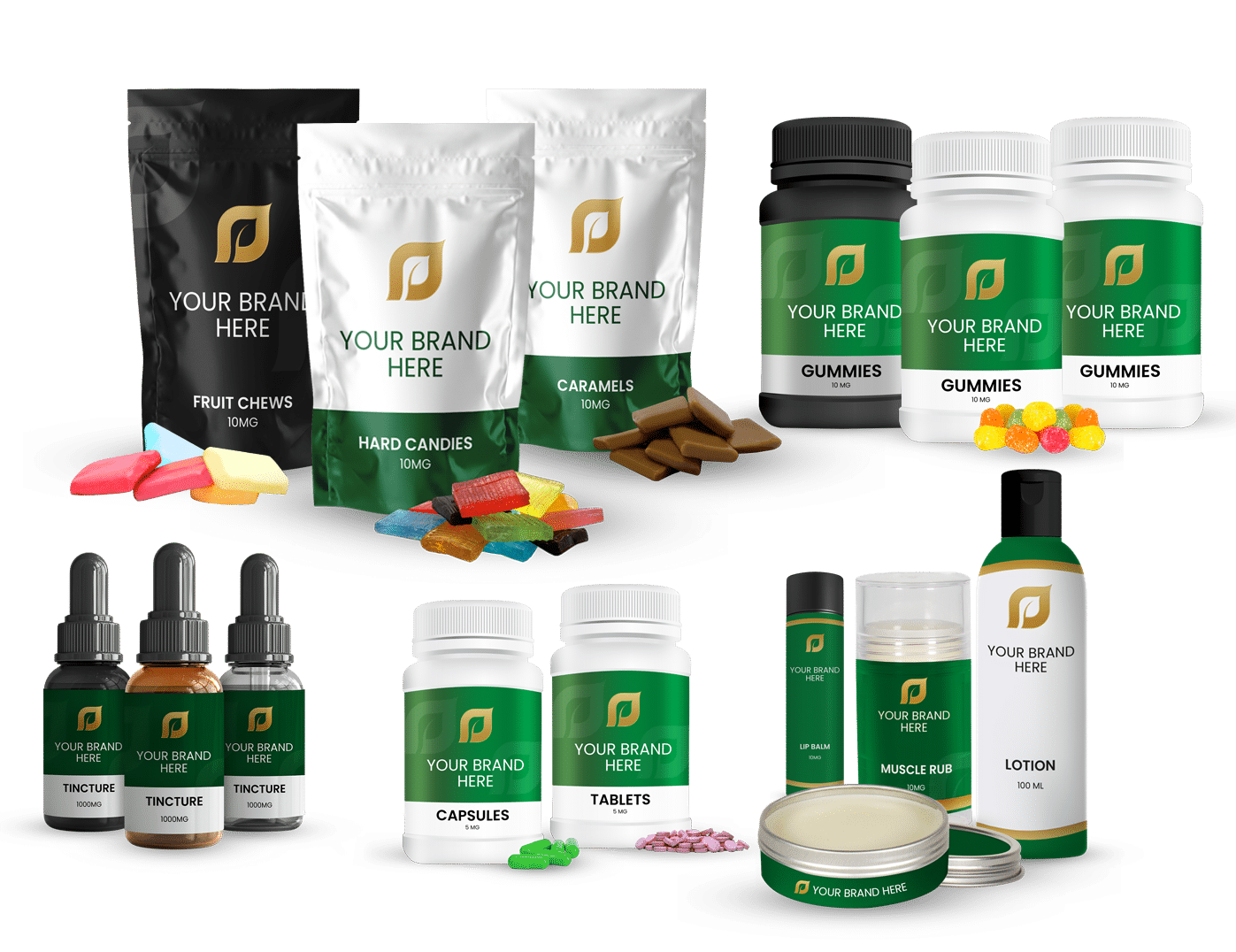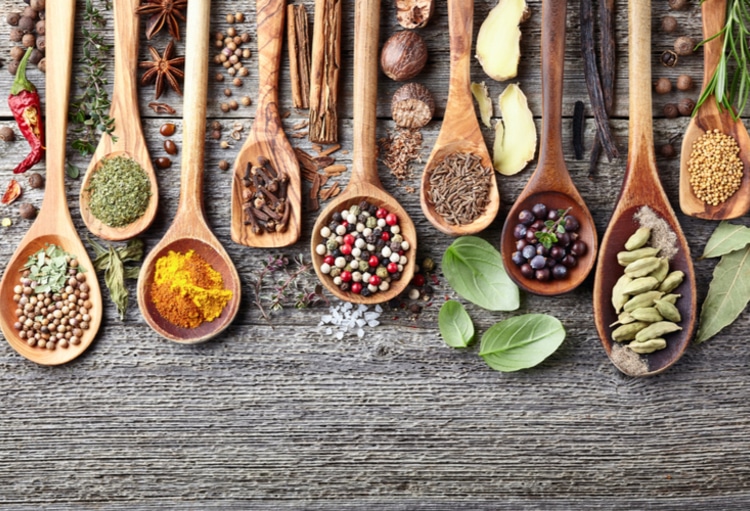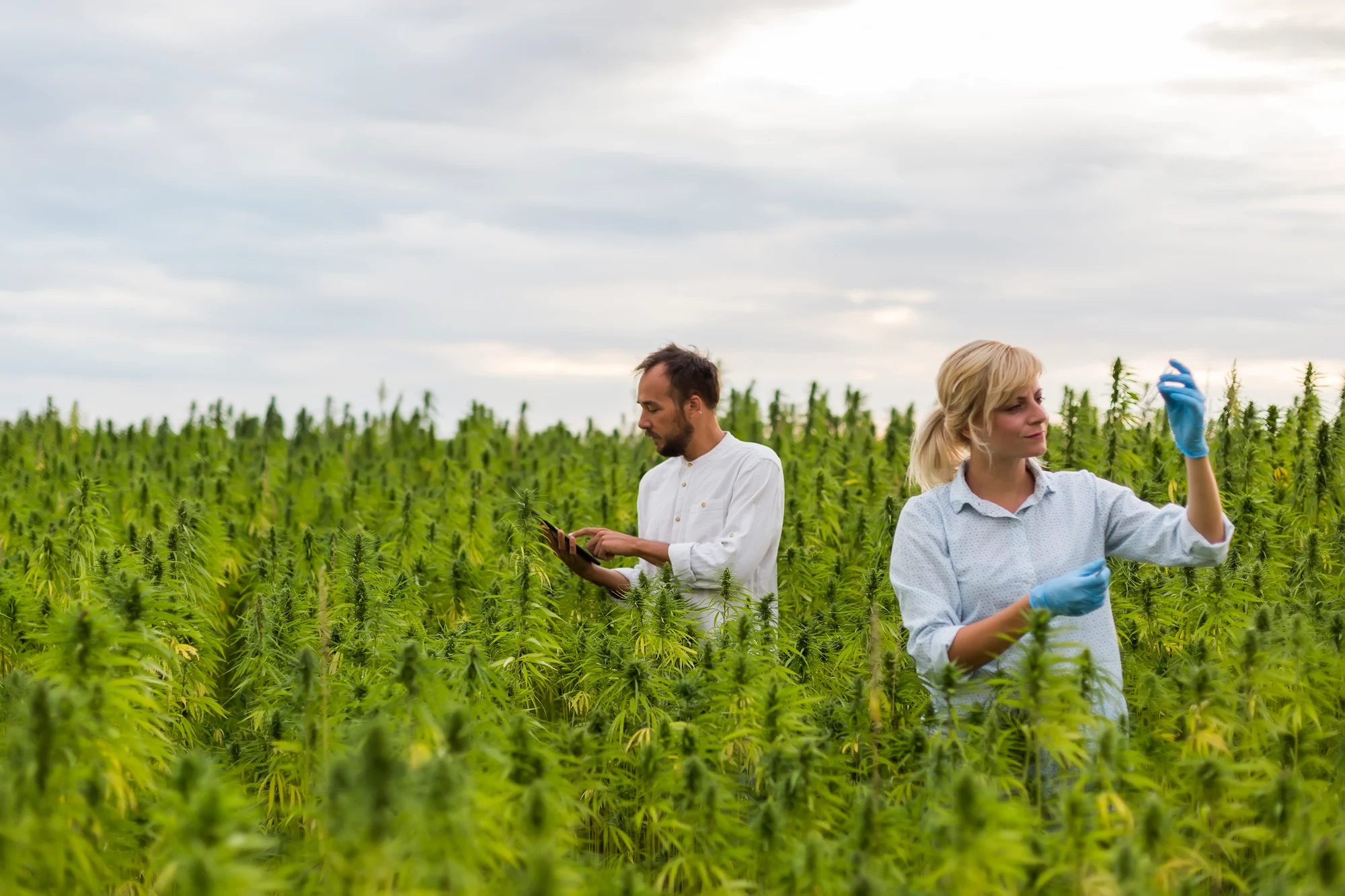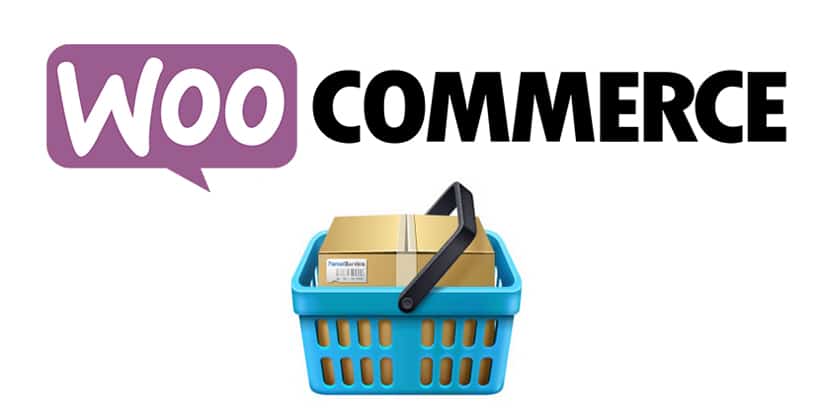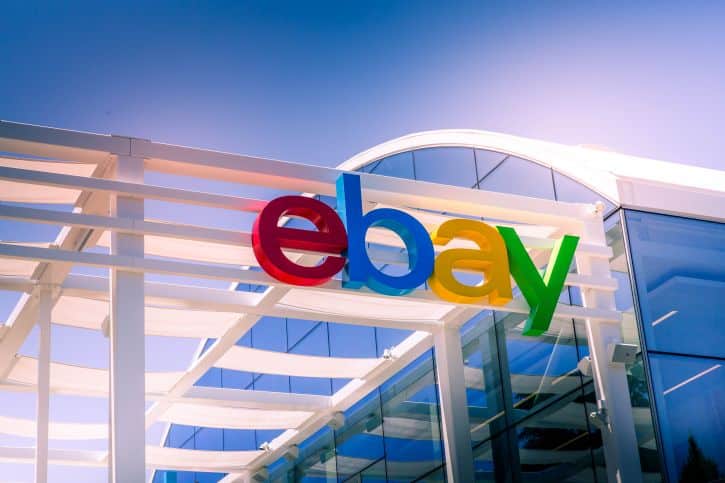You’ve decided to start a new private label CBD business. Way to go! You’re on the path to success in the wellness industry, and to providing cannabis-based healing to consumers all over.
There are many different factors to consider when you start your own CBD company, but one of the most important factors is packaging, not only for regulatory purposes, but for branding as well. The way that you choose to package and label your CBD products will heavily impact your marketing, but also has a lot to do with the shelf life of your product, the way it’s used, and how attractive it is overall to consumers.
Taking the time to plan out your packaging and labeling could save you time, money, and stress in the future, and help you push out CBD products that look as impressive as they are.
If you’re looking for the best ways to package your CBD products, we have some suggestions Here, we will cover the best way to package CBD tinctures, gummies, candies, tablets, and other CBD products. Plus, we’ll dig into exactly what you do and don’t need on CBD product labels, so you can conquer the next step to CBD marketing success.
Table of Contents
ToggleImportant Notes About CBD Packaging
First, you should understand the key rules for ensuring the product is as exactly as you intend to deliver it. For example, the quality of your CBD products can degrade when exposed to air. Ensure that every product package is airtight, with proper safety seals to ensure quality to the consumer.
Pay close attention to the quality of your packaging overall. Although the price of some bottles and packages may be attractive, they could have various problems, like loose-fitting lids, malfunctioning zipper closures, or punctures that let in air. Instead of ordering mass quantities of the packages you choose, ask for samples so that you can see these products up close and in action before making a sizeable investment.
Also, ensure that the packages are sized appropriately for your products. You don’t want packages that are too big for the amount of product offered, but you also don’t want to have to cram your products in too tightly. Again, trying a few samples beforehand will help you determine if your products will fit correctly.
We can provide you with expert advice on sizing and dimensions that you would need to fit the kind of retailers’ shelves you’re looking to reach.
Packaging Basics
As long as you ensure the quality of the packages before you buy in bulk, you have a lot of freedom as to how you actually package each product. We have a few tips on the most effective ways to package every type of CBD product.
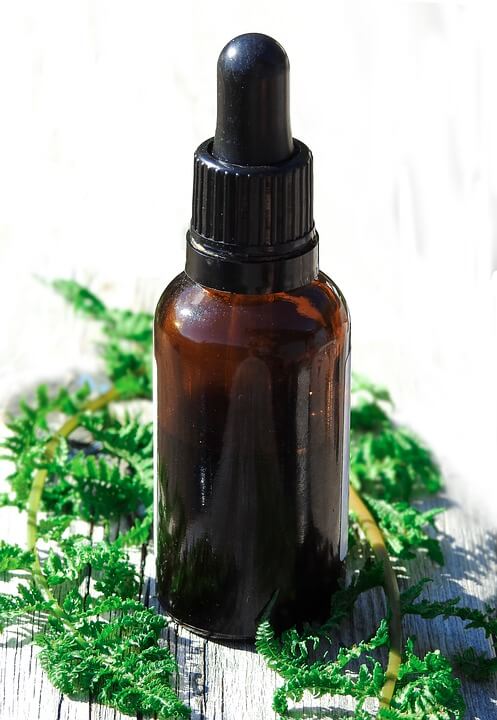
- CBD Tinctures: Tinctures can be packaged in a few ways, but a dark-colored glass bottle is the most common way you will find them. The dark-colored glass helps reflect light to avoid the CBD from being degraded by sunlight.
There are a few ways you could put your own spin on it, but in order for CBD tincture packaging to be effective, it needs to include dosing details. Many of these bottles come with an attached dropper lid, but you can also find lids with a metered pump to deliver small doses of CBD every time. The most common size for these bottles is 30mL, but you can offer bottles of any size as long as your label is accurate in terms of total dosage and/or serving dosage sizes
- CBD Tablets: Tablets could also potentially be packaged in zipper seal bags, but many people opt for regular medicine-style bottles with a childproof cap. This is generally considered more appealing for this style of product, and a proper seal will keep capsules fresh for quite some time.
- CBD Topicals: Topicals are much like edibles in that they come in many different shapes and sizes, so the packaging is not very uniform across the industry.
You can choose squeeze between tubes, pump-top bottles, twist up tubes, or virtually any convenient package that holds liquids. When you package CBD topicals, an important factor is the packages ability to hold liquids without leaking and keep your topical fresh for long term use.
- CBD Edibles: Packaging edibles is a bit different since these products are very diverse. You can package edibles in a variety of ways, and you can choose between individual packaging and bulk packaging.
One easy way to package edibles, especially things you want to offer in bulk quantities, is with zipper seal packaging. You can also have each product individually wrapped, like with plastic candy wrappers. Some CBD brands even package gummies and lozenges in large plastic medicine-style bottles, complete with child-proof caps. Ultimately, there is a lot of room for innovation in the packaging of CBD edibles.
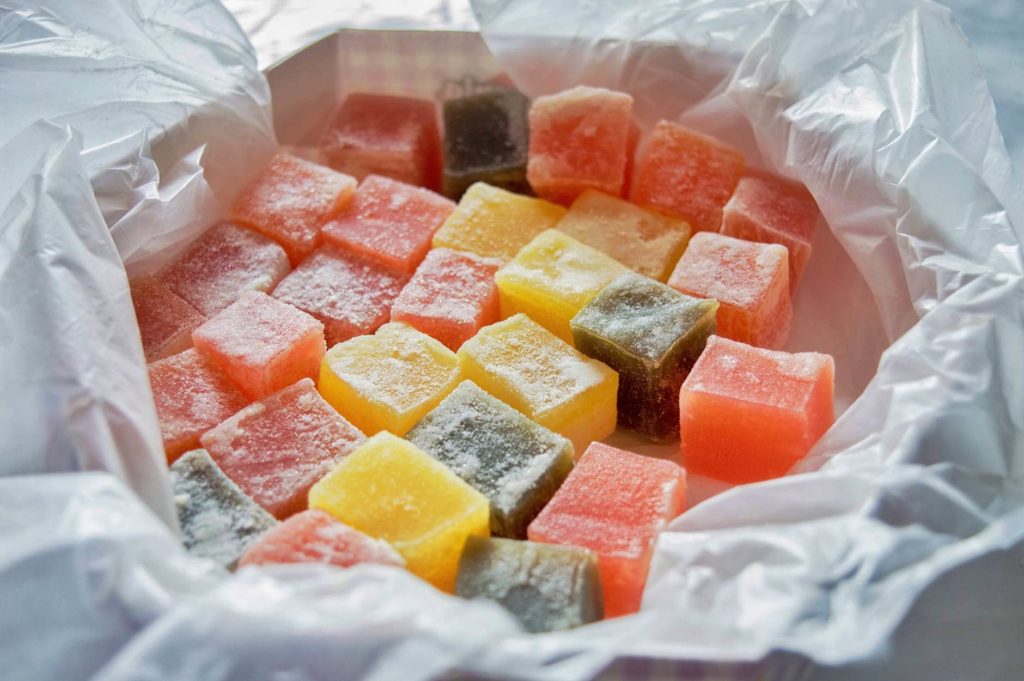
Do your research here and again, speak with experts in the space.
It is entirely up to you how you want to package your brand’s CBD products, so long as you ensure the packages will keep your products contained and fresh, and the labeling and descriptions follow FDA guidelines. You have quite a bit of wiggle room in how you decide to label your products, too, but there are a few more rigorous requirements for labeling if you want to compete with the industry’s leading brands.
The Do’s and Don’ts of CBD Labels

When you create a label for your CBD products, you’ll want to design something that is unique to your brand. The label will generally contain your logo, and stylizing your logo is an experience that is personal for every brand. There is no one correct color scheme or design that sells better or attracts more attention. Just be sure that the designs you choose showcase your brand’s personality and voice, and it’s usually best that products display some sort of consistency across all labels.
If you want to compete with the biggest and best CBD brands out there, you’ll need to level up your labels. That means meeting some pretty rigorous standards and using your label to offer as much crucial information as possible to the consumer. Some things you definitely do want to include on your label include:
- The brand name (which could be encompassed in a logo)
- The type of product (ie “Full Spectrum Hemp Extract”)
- The full potency of the container (ie. “300mg”)
- The potency for each dose (ie. “One dropper equals 15mg.”)
- Legitimate retailers use QR codes that have more details about ingredients
If you want to level up your labels, you may also want to include in the QR code:
- The COA (certificate of analysis from an independent, third-party laboratory for that product
- Information about where the CBD/hemp is sourced (ie. “Sourced from Kentucky grown hemp.”)
- Information on where to find safety and potency tests for your product.
- Simple instructions for use (ie. “Take one dropper full twice daily, or as needed.”)
- An idea of where consumers can find more information about your brand if they desire.
- A number to directly reach your customer service with questions or concerns.
No matter what you decide, definitely don’t include:
- False or misleading information about CBD or the individual product.
- Illegal health claims that are regulated by the FDA. Visit the FDA website for some guidelines here.
- Any information that is irrelevant to the unique product, your brand, or CBD.
- Multiple photos, logos, or anything else that overcrowds the label.
Anyone who’s dropshipped CBD products knows that there are a lot of brands on the market breaking FDA rules. That doesn’t mean it’s a good idea because if you violate the rules, the FDA could shut down your brand at any time.
If you’re getting ready to launch a new CBD brand and are looking for private label or wholesale CBD products, CBD Nationwide can help guide you in the manufacturing and labeling process.
